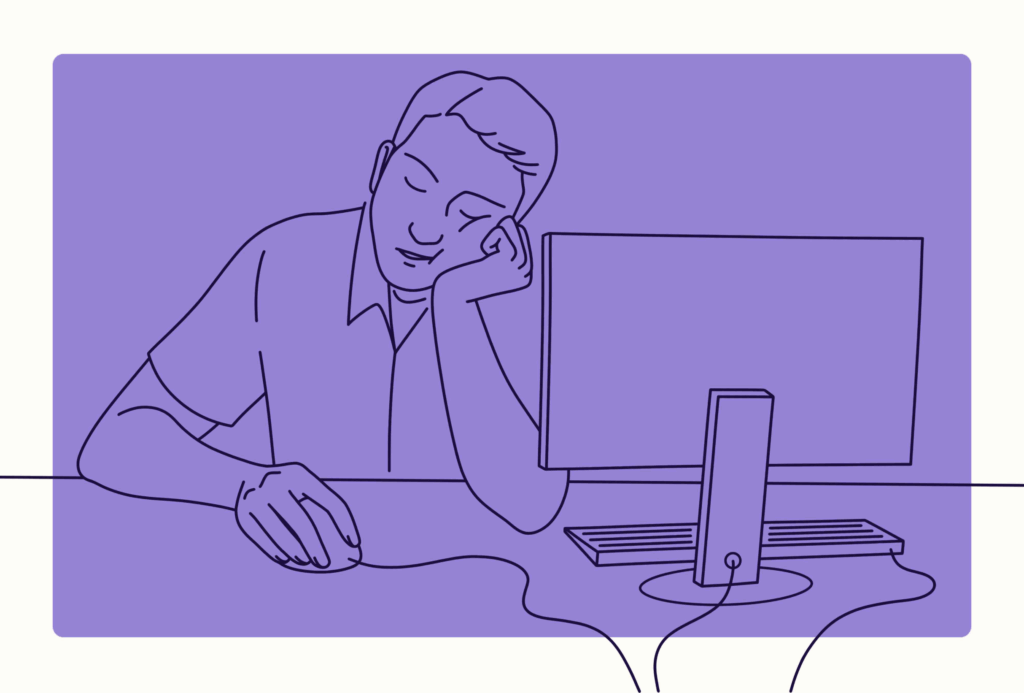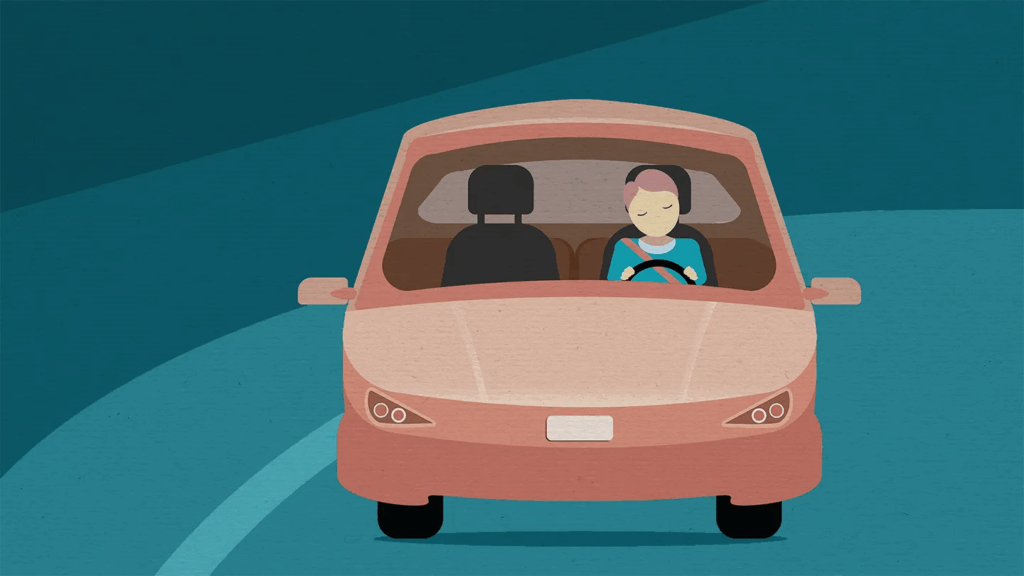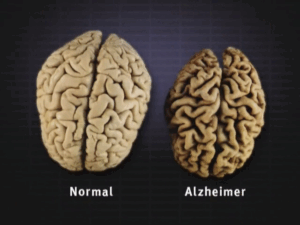An introduction to narcolepsy: its causes, symptoms, and treatment
Do you ever feel like falling asleep in class? For people with narcolepsy, this is a daily reality. Narcolepsy is a rare, chronic sleep disorder mainly characterized by extreme tiredness and sudden episodes of falling asleep. It usually begins between ages 10 and 30 and lasts a lifetime. Although there is no cure, treatments can ease the symptoms (1).

The four main symptoms of narcolepsy are excessive daytime sleepiness, sudden muscle weakness (cataplexy), hallucinations when falling asleep or waking up, and the inability to move after waking up (sleep paralysis). Not everyone with narcolepsy has all four symptoms, but they all experience excessive daytime sleepiness (2).
About 20% of people with narcolepsy have type 1, or narcolepsy with cataplexy (2). Recent research indicates that type 1 narcolepsy is caused by a lack of orexins. These neurotransmitters, chemical messengers between neurons, help sustain alertness and suppress REM sleep (3). REM is a stage of sleep which includes vivid dreams and temporary muscle paralysis (4). A shortage of orexins can cause these aspects of REM sleep to blend with wakefulness, leading to sleep paralysis, hallucinations, and cataplexy (3).
Most people with this type of narcolepsy carry a genetic mutation that affects their immune system, suggesting that narcolepsy is an autoimmune disease, in which immune cells attack orexin-producing neurons (3). They also often first develop symptoms after certain infections like influenza and strep throat, indicating that the attack against the orexin-producing neurons could be triggered by certain viral and bacterial infections (2). In contrast to type 1, the causes of type 2 (narcolepsy without cataplexy) remain unclear and, in rare cases, may involve brain damage from injuries, strokes, or tumors (2).
Although there is no cure for narcolepsy, medication and lifestyle changes can help manage the symptoms. Certain stimulants and antidepressants, most commonly modafinil, can help some people improve wakefulness, and a regular sleep schedule with planned naps can also help (5). Even though the disease isn’t necessarily dangerous, narcolepsy is still disruptive to people’s lives. It affects their work and relationships, prevents them from driving, and puts them at risk for serious injuries from falling (2).

Narcolepsy affects only about 25–50 out of 100,000 people, so most people will never have to worry about it. It is also unpredictable, and there isn’t much you can do to prevent it (2). However, only half of the people with narcolepsy are ever diagnosed, so it is still important to raise awareness (5). What might be misunderstood as laziness or boredom could actually be an invisible sleep disorder, making every day a battle to stay awake.
Sources:
- Mayo Clinic Staff. (2024, November 15). Narcolepsy: Symptoms & causes. Mayo Clinic. https://www.mayoclinic.org/diseases-conditions/narcolepsy/symptoms-causes/syc-20375497
- Cleveland Clinic. (2022, December 26). Narcolepsy: What it is, causes, symptoms & treatment. https://my.clevelandclinic.org/health/diseases/12147-narcolepsy
- Division of Sleep Medicine, Harvard Medical School. (2014, February). The science of narcolepsy. https://sleep.hms.harvard.edu/education-training/public-education/sleep-and-health-education-program/sleep-health-education-4
- National Sleep Foundation. (2024, September 5). What is REM sleep? National Sleep Foundation. https://www.thensf.org/what-is-rem-sleep/
- National Heart, Lung, and Blood Institute. (2025, March 5). Narcolepsy. https://www.nhlbi.nih.gov/health/narcolepsy
Images:
- Health-narcolepsy-overview-Mira-Norian-final-9f07d1661a6c4898bc66f4380d5dbf8a.jpg People with narcolepsy can suddenly fall asleep several times a day.
- the-definition-of-narcolepsy-and-what-causes-it-1440×810.jpg Narcolepsy has many effects, including not being able to drive.






Comments are closed.